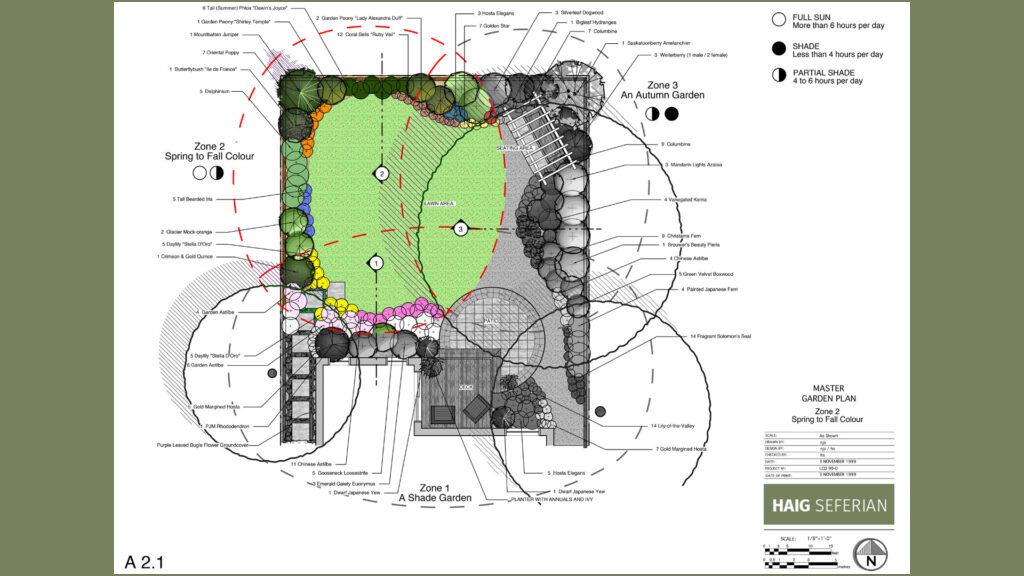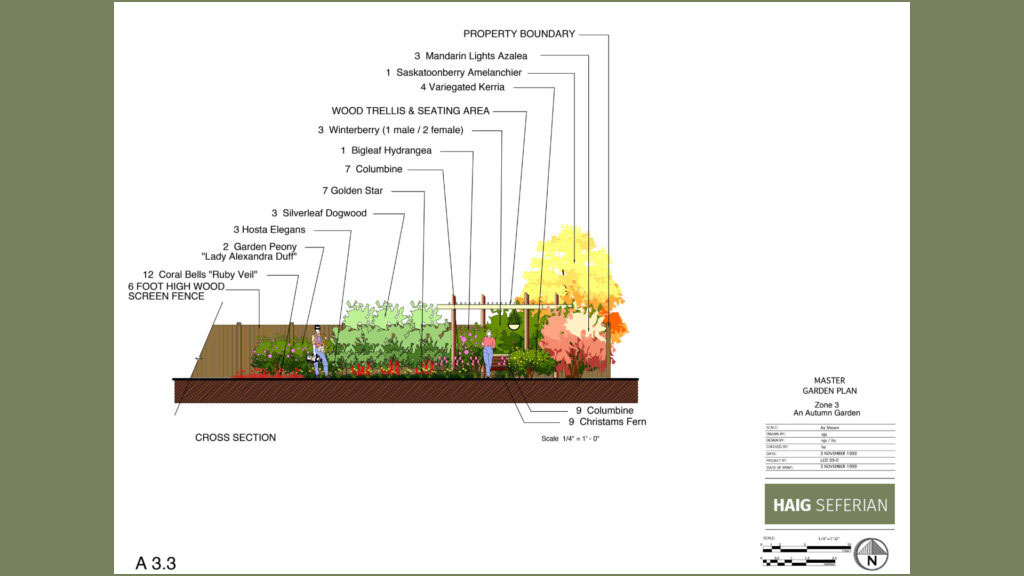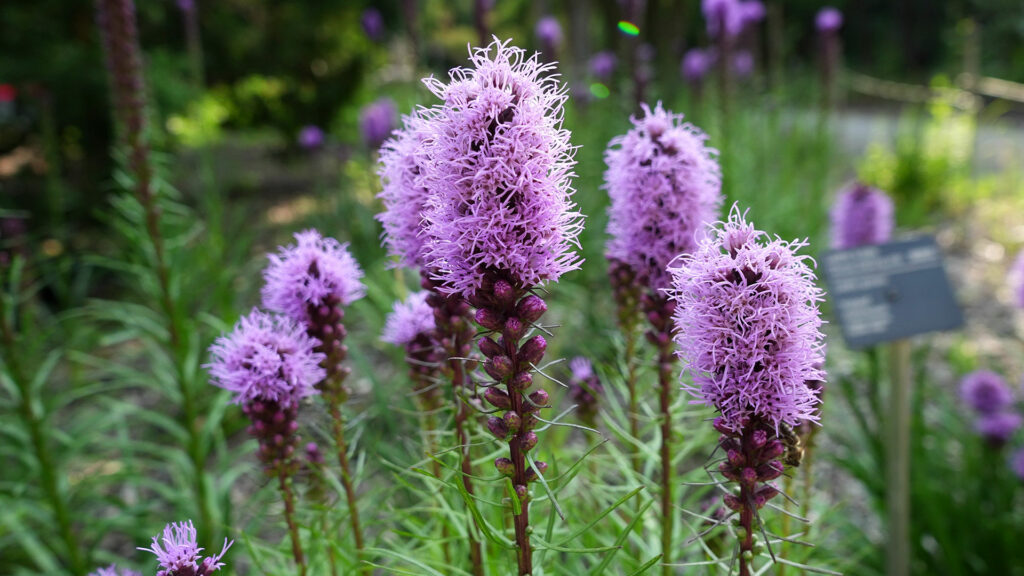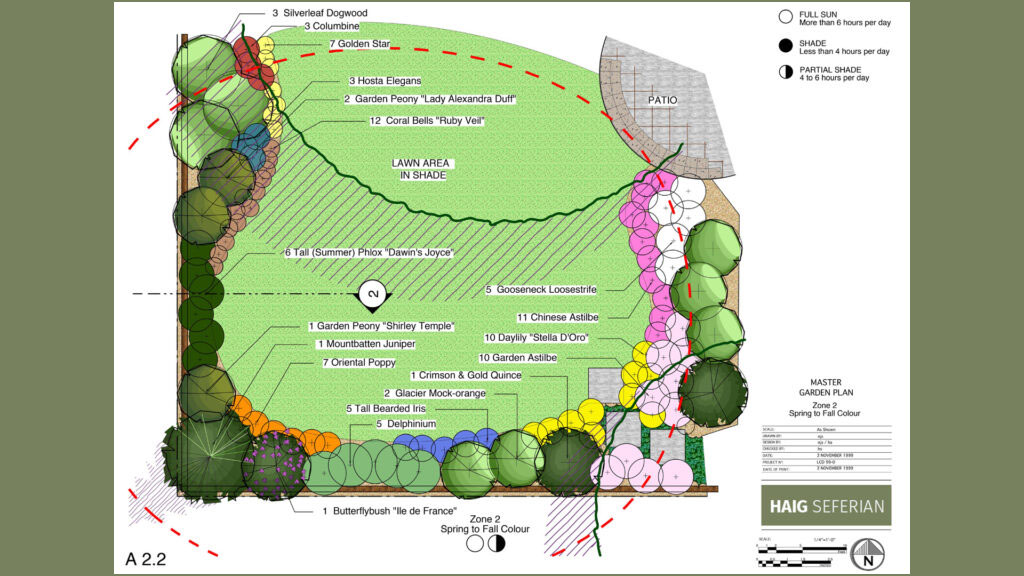The results of a well planned garden brings many compliments and a great deal of self satisfaction for your time and effort put forth. However, unless you are well versed in plant nomenclature, trying to decide what plants to use and where to place them can become a challenge. You do not have to be a horticulturist to have a colourful garden from Spring to Fall, all you need to do is select a series of plants that will get the job done in the colour palette you desire.
The secret is in the use of perennials. Out of all the plants that are available to gardeners, perennials are the most favoured. The reason for this is quite simple. Perennials are the backbone of all gardens in temperate climates. The use of perennials are great for those who choose gardening as a hobby or for the more serious who have more time to spend in their garden. Most beginner gardeners are encouraged to start with perennials since a low maintenance planting bed can actually be achieved through their use. More advanced gardeners will use perennials in every aspect of their gardening as they learn more and more about the different colours, shapes and textures that are available to them.
Entering the world of perennials can be a confusing one. Among the thousands of perennials that are available to the consumer it can be difficult to decide which are appropriate for their setting. For the beginner the answer is easy. If you do not have a lot of time to spend in the garden, but you want to have a spectacular show throughout the flowering season, there are six basic perennials for you to choose from. These six essential perennials are plants of size and substance.

The six basic perennials that you should be familiar with are:
TALL BEARDED IRIS – Unlike the common wild Iris or Flag that flourish in wet swampy places, the tall bearded Iris are dry-land plants that need a sunny location and well-drained soil. In planting, the rhizomes (root structure) should be set just below the surface of the soil. The growing point is at one end of the rhizomes. To obtain a good size clump quickly, the rhizomes may be set together so that they radiate out from the centre. After flowering the stems should be cut back, but the leaves must be left to manufacture food for the plant until Fall. Before the onset of Winter, the foliage should be cut back to within a few inches of the ground and all dead leaves removed. Since Iris are very hardy, no Winter mulch is necessary. It is best to keep them free of all materials which might tend to hold moisture around the rhizomes and induce rotting.
PEONIES – Peonies are long lived plants that will continue to flower for generations. They need never be disturbed. Although if moving them becomes necessary, the large clump should be reduced to sections with three to five ‘eyes’. A large clump moved whole, will most likely cease flowering. Plant Peonies with their ‘eyes’ which are growing points and are easily seen, no more than two inches deep. They will not flower if planted any deeper.
ORIENTAL POPPIES – Oriental Poppies set the June garden afire with a blaze of colour. They need only well drained soil in full sun or partial shade. To plant the Poppies, set the root straight down into the hole, deep enough that three inches of soil will cover the crown. The plant foliage is downy with fine hairs. It appears prickly, but is actually soft to the touch. After the fine June display of giant blooms have faded, the flower heads should be removed and not allowed to form seed. The foliage at this time dies down and can leave a void in the border. Many gardener’s plant Daylilies or Baby’s Breath nearby so as to fill the space. In September, the Poppies will grow a new basal rosette of leaves. Mulch around the plant for Winter protection, but do not cover the rosette.
DAYLILIES – Daylilies are the heart of the mid-summer perennial garden. They will flower non-stop through the heat of July and August. There are even varieties such as Stella d’Oro that will continue flowering through September. They have a fabulous colour that ranges from apricot, bronze, crimson, gold, lemon, mahogany, maroon, orange, pink, purple, red, violet through to yellow. They are tough, hardy and reliable. Each lily-like flower lasts only a day but they are continuously in bloom over many weeks. The leaves are arching and have pointed straps. They are a large wide plant and need at least three feet of space.
TALL PHLOX – Invaluable for continuing the summer-long display of colour in the perennial border. Use a lavish hand with these brilliant flowers by choosing a few kinds and planting them in irregular drifts for magnificent display. There are plenty of colours to choose from. They range from all shades of the pinks, salmon, rose, shades of white, orange-red to scarlet and mauve to mulberry purple.
DELPHINIUMS – These stately and spectacular tall plants are essential to any perennial border. They need rich, well-drained soil. Incorporate well-composted manure in the planting mix and add a mulch or top dressing of manure annually. Best planted in groups of perhaps three of a kind, cut out all but three of the best shoots when they are six inches or so tall in the Spring. This will help produce fatter, stronger and better flowers on the spikes remaining. Grown in this manner, the plants are strong enough not to require staking. However, unless planted in spot protected from winds, staking will still be required if they are to be saved from the high winds that accompany our all to frequent summer thunderstorms. After the main flowering period has passed, about mid-July, cut some stems to the first leaves and others right to the ground. The plant will then re-bloom in August and September, not as spectacularly as the June display, but attractive and very welcome in the Fall.
Perennials are getting more popular as they are available in more locations other than garden centres. Since the plants are potted and grown in containers, they are very likely to survive when they are transplanted. With a little care, they can even be successfully transplanted in the middle of Summer. By experimenting with more and more plants, you will be able to extend your flower display earlier than the first show of Iris and Peony to later into the Fall.

GARDEN TIP: Perennials can give you colour from Spring to Fall. There are six essential perennials that can be the backbone of your perennial garden.
- Tall Bearded Iris and Peonies – flowering in May and June
- Oriental Poppy and Delphiniums – flowering in June and July
- Day Lilies – flowering in July and August
- Tall Phlox – flowering in August and September
- Delphiniums – re-flowering in September
With the wide choice of cultivars available in each of these six basic plants, any colour scheme is possible.


